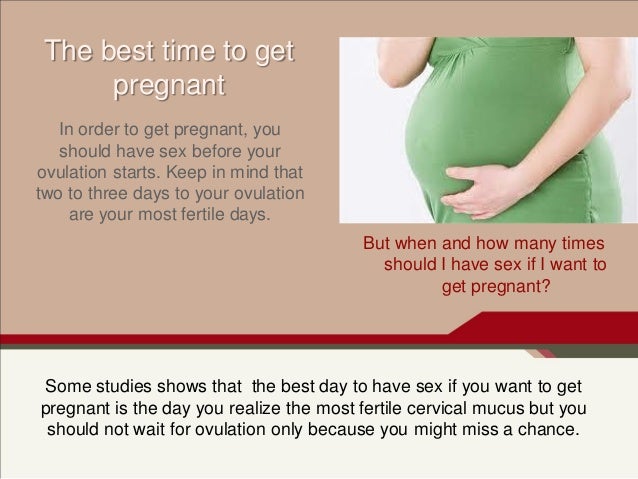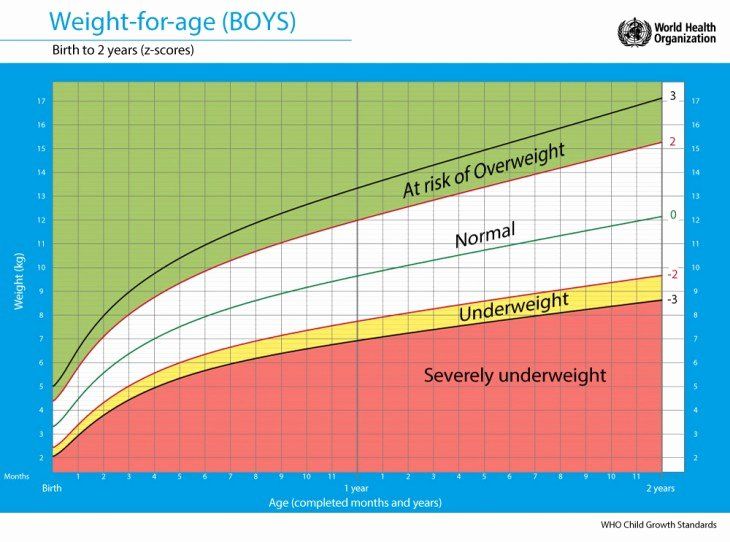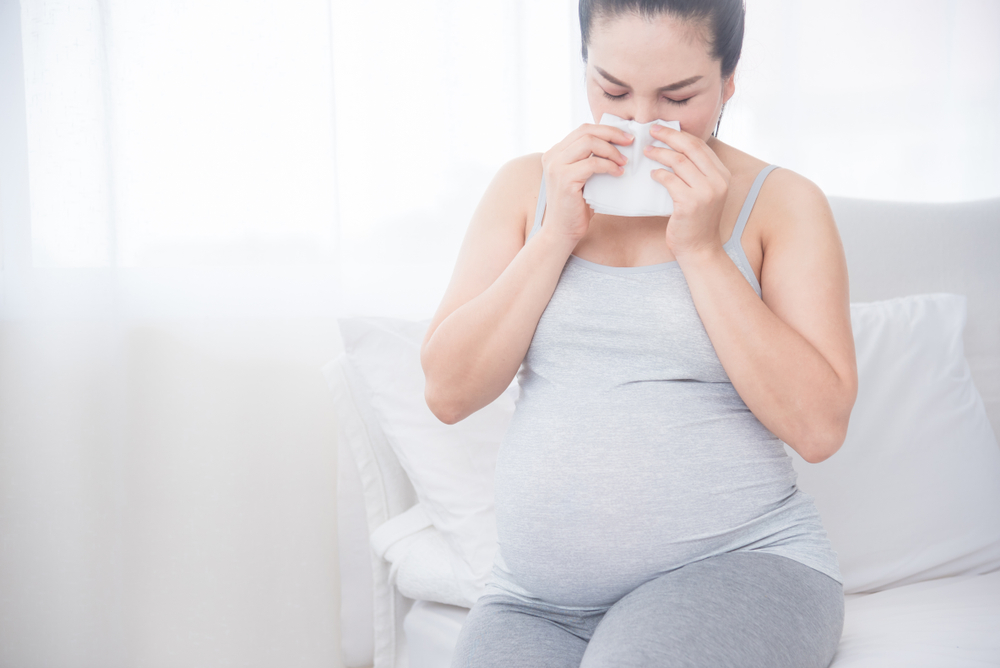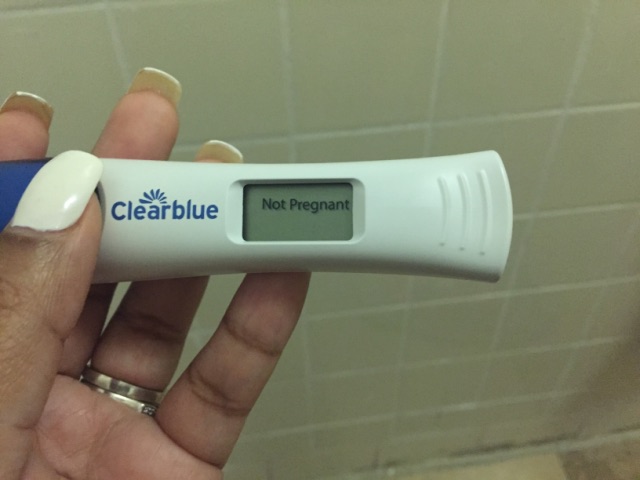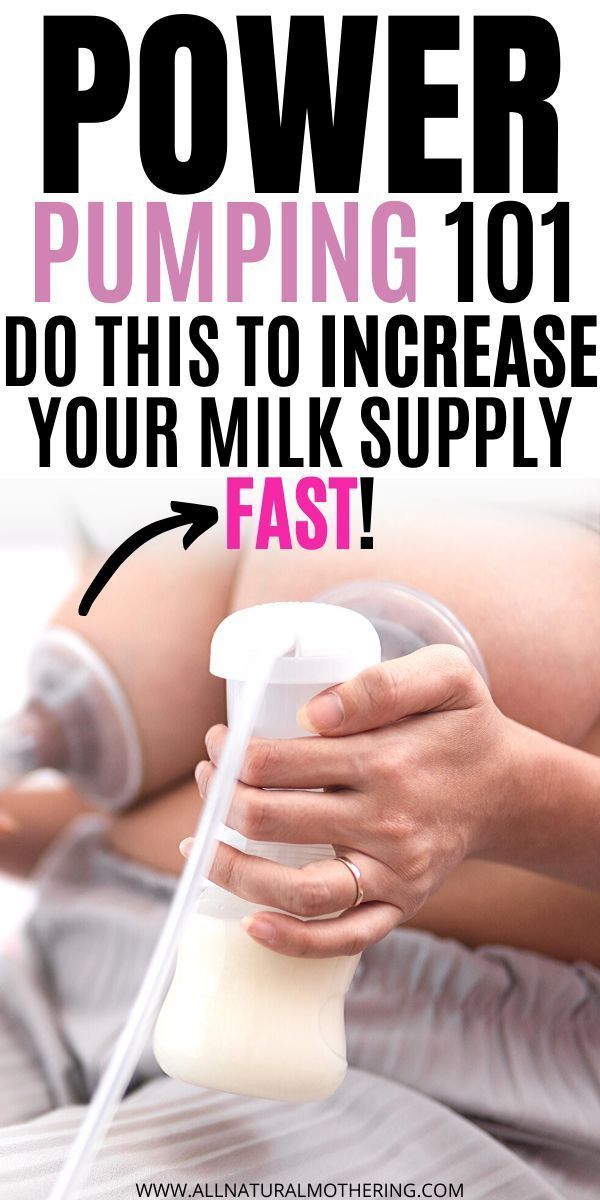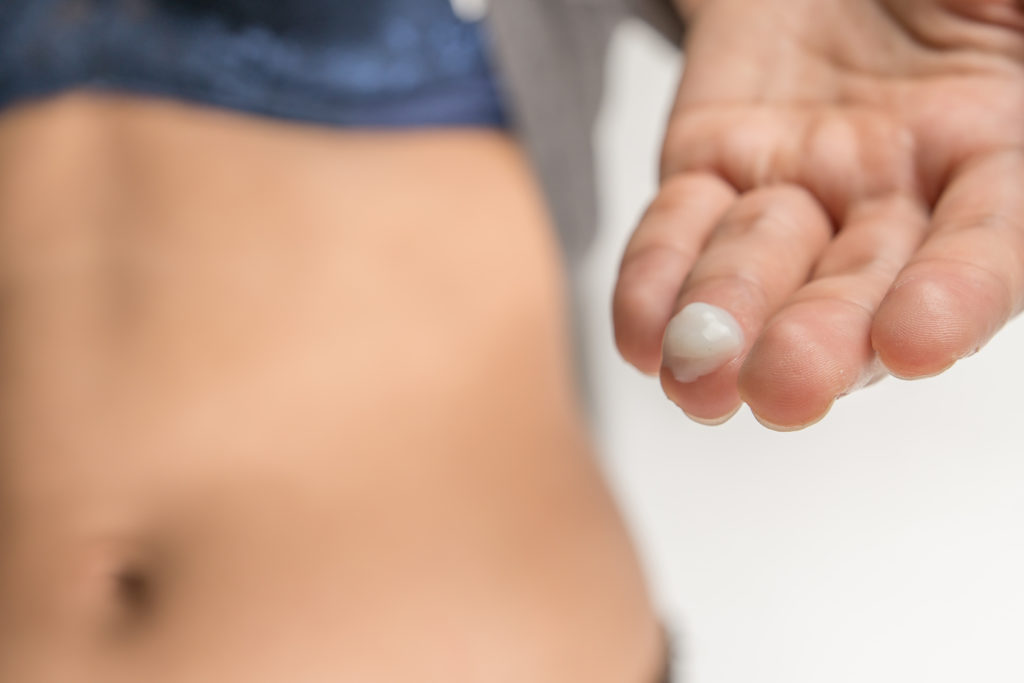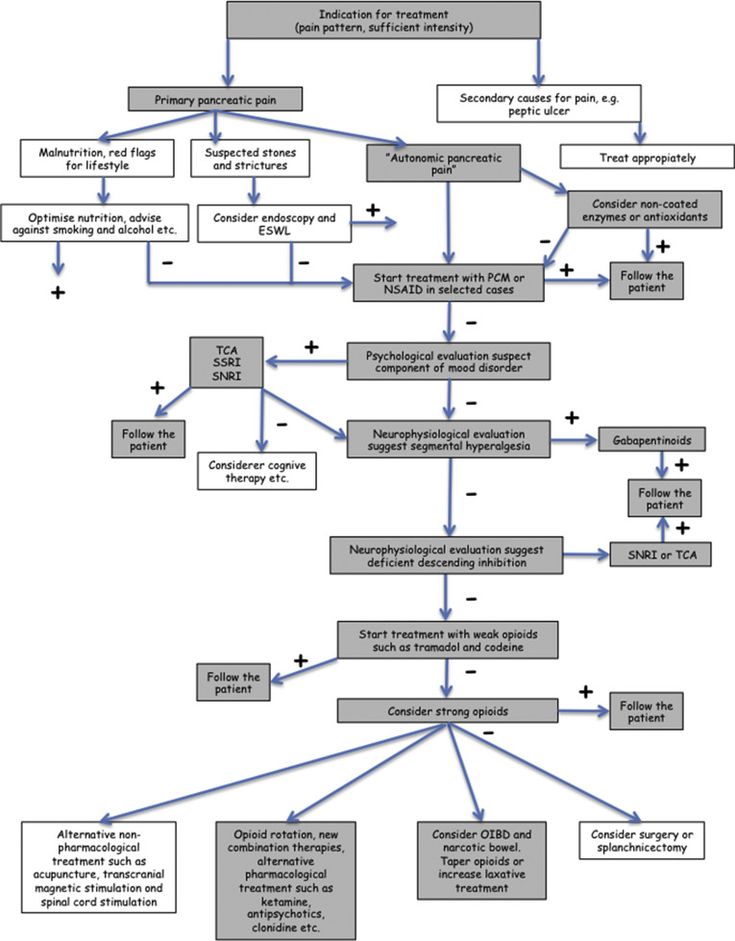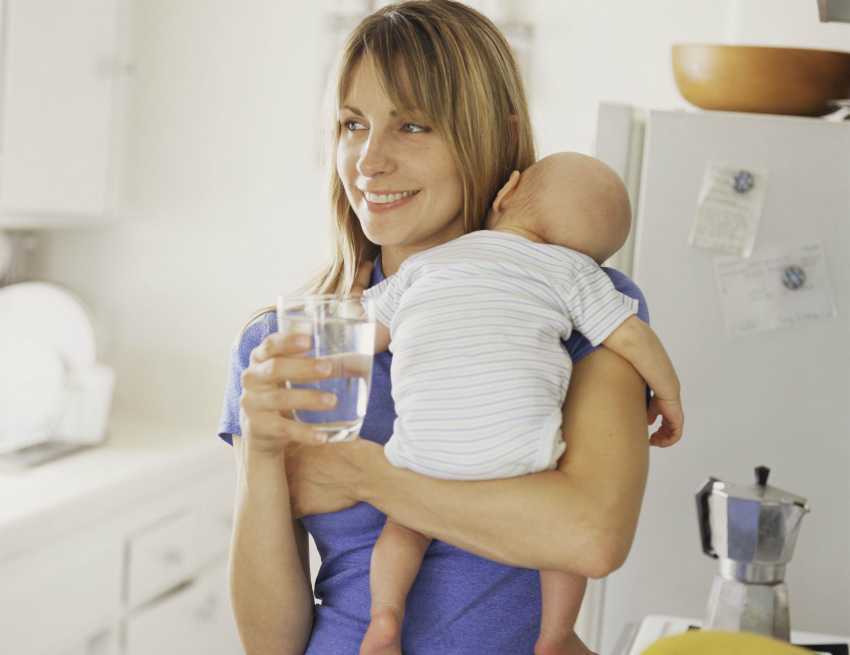Ovulation or pregnant
Am I Pregnant, or Something Else?
When you become sexually active, it comes with a lot of “what ifs,” the main one being am I pregnant? Since many symptoms of pregnancy are not specific only to pregnancy, women often wonder if their symptoms are due to pregnancy or something else entirely. To find out if it is time to consider taking a pregnancy test, check out this article.
One of the best things to do if you are trying to get pregnant, to avoid pregnancy, or to understand your cycle is to track it! There are many different apps for your smartphone, tablet, and/or computer that can help you track when your next period is expected. These applications can also keep notes on your symptoms, and after a few months of use can help you narrow down your expected fertility window/ovulation.
If you’re trying to see when your expected fertility window is this month, try our free ovulation calendar.
Am I pregnant, or am I about to start my period?
Symptoms of pregnancy and an impending period can be hard to tell apart since they can be very similar: mood swings, abdominal cramping, backaches, breast tenderness, headaches, and food cravings. There are a couple of symptoms that are more often related to pregnancy than to a menstrual period: nausea/vomiting and implantation bleeding. Keep in mind that not all women will experience these.
When a fertilized egg attaches itself to the uterine lining around 6-12 days after fertilization, some women will experience 1-3 days of light spotting, which we call implantation bleeding. This typically happens right around or before the time a woman is expecting her period.
Nausea that happens right near when a woman expects her period is more likely due to early pregnancy (or something else) than due to a menstrual period. Many people will refer to this as “morning sickness,” even though it can happen at any time of day. Wait, and if you don’t end up having a normal period when you expect it, it may be time to take a pregnancy test.
Am I pregnant, or am I about to ovulate?
Ovulation can also have symptoms similar to early pregnancy; however, it can be helpful to check what point you are at in your menstrual cycle. If you aren’t expecting your period for another 12-16 days, you may be experiencing. Also, if your last menstrual period was normal in length and flow, it is even more likely that what you are experiencing is related to ovulation, not pregnancy.
If you aren’t expecting your period for another 12-16 days, you may be experiencing. Also, if your last menstrual period was normal in length and flow, it is even more likely that what you are experiencing is related to ovulation, not pregnancy.
Ovulation symptoms are not apparent to every woman, and they do not happen consistently to each woman. These symptoms can include light spotting, abdominal cramping on one side (from an ovary preparing to release an egg), breast tenderness, abdominal bloating, a heightened sense of smell, taste, or vision, and/or a heightened sex drive.
If you are experiencing these symptoms and your expected period is only a few days away, wait to see if you have a normal period and if not, it may be time to take a pregnancy test.
Am I pregnant, or am I fat?
Usually, by the time a woman starts seeing visible weight gain she is already into her second trimester. Typically by this point, you would have noticed some other signs telling you that you may be pregnant.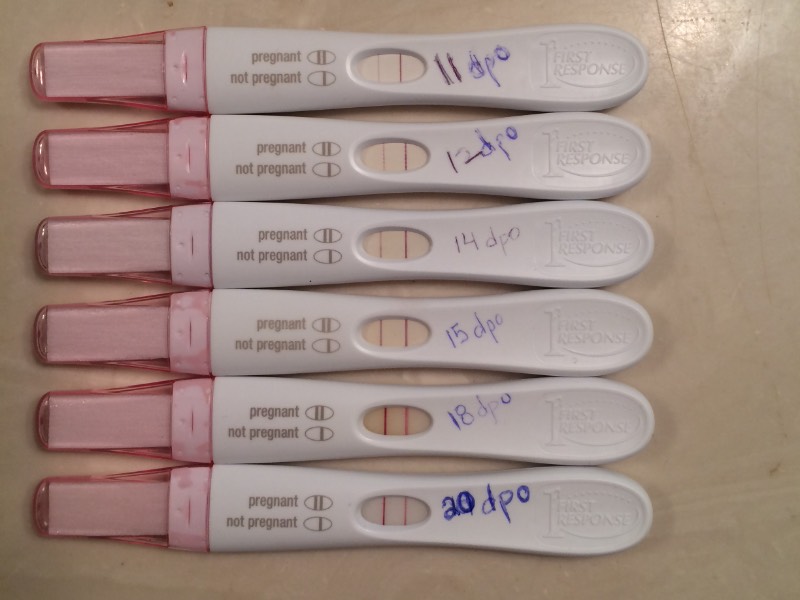
If you feel that you’ve been gaining weight, ask yourself a few questions. Have you missed the last couple/few periods? Were you having unprotected sex before that? Have you been having other pregnancy symptoms (nausea, constipation, abdominal cramping, breast tenderness, etc.)? If you answered yes to these, it may be time to take a pregnancy test.
If not, have you been eating more in general or more unhealthy food than usual? Have you been exercising less than usual? Have you had any hormonal imbalances or extra stress? All of these can lead to weight gain. If you are experiencing rapid weight gain and you don’t feel your lifestyle has changed, it may be time to see a doctor.
Or am I bloated?
Pregnancy, along with PMS, ovulation, and unhealthy eating can all cause bloating. First, try to rule out a food cause. Have you been eating more unhealthy (fried, fattening, extra protein) in the last few days? Have your bowel movements been abnormal (i.e., are you constipated- though, this can happen with pregnancy as well)? Have you been experiencing any cramping or gas pains?
If not, it may be due to something else. If you are about to start your menstrual period, this too can cause bloating. If your menstrual period does not begin within a few days of when you expect it, it may be time to take a pregnancy test.
If you are about to start your menstrual period, this too can cause bloating. If your menstrual period does not begin within a few days of when you expect it, it may be time to take a pregnancy test.
Or am I sick?
Often, this question comes up because of nausea and/or vomiting. Other times it has to do with abdominal cramping, indigestion, or headaches. Some women even associate common cold-like symptoms, like a runny nose, with early pregnancy. If you are nauseated, vomiting, cramping, or having headaches only a couple to a few days after having sex, it is unlikely that these have to do with pregnancy from that experience.
If you are experiencing nausea/vomiting slightly before your expected period, wait to see if your menstrual period does come – if your period is normal, it is less likely this nausea/vomiting is due to pregnancy; go see your doctor because you are likely sick.
Having a runny nose is not normally connected to early pregnancy unless you are experiencing other symptoms of early pregnancy along with it. If all you have is a runny nose, this is unlikely indicative of a pregnancy.
If all you have is a runny nose, this is unlikely indicative of a pregnancy.
If you are experiencing severe/stabbing cramps in your abdomen (especially if it is only on the right or the left side) along with nausea/vomiting, this may be a sign of an ovarian cyst or an ectopic pregnancy. If so, it is time to consider seeking emergency care.
Right Time For Sex , When Do You Ovulate ?
When are you more likely to conceive?
We’re talking about the 'fertile window’ – the days in a woman’s menstrual cycle when pregnancy is possible. The ‘fertile window’ depends on the length of the menstrual cycle, which varies among women.
The ‘fertile window’ is the day an egg is released from the ovary (ovulation) and the five days beforehand. Having sex (intercourse) during this time gives you the best chance of getting pregnant.
Ovulation Calculator
What day did you your most recent period start?
Number of days in your cycle Please select20 Days21 Days22 Days23 Days24 Days25 Days26 Days27 Days28 Days29 Days30 Days31 Days32 Days33 Days34 Days35 Days36 Days37 Days38 Days39 Days40 Days41 Days42 Days43 Days44 Days45 Days
Your ovulation day
Most fertile time
-
What is an ovulation calculator and how does it help you get pregnant?
This ovulation calculator or ovulation calendar can help you work out your most fertile time.
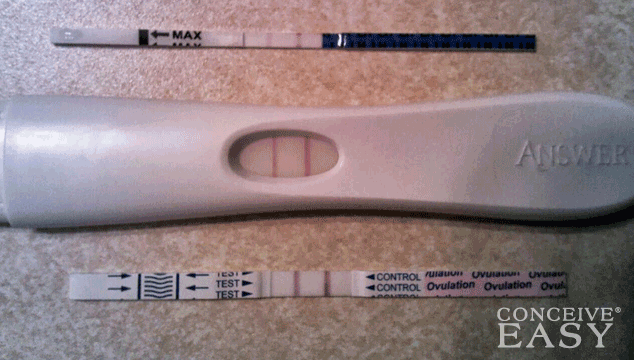 These are the days you are most likely to get pregnant.
These are the days you are most likely to get pregnant.It can also estimate your due date if you do become pregnant during your next fertile days.
Others ways to help you work out when you're ovulating:
- Notice changes in vaginal mucus
A few days before ovulation, you may notice your vaginal mucus becomes clear, slick and slippery, and feels a bit like egg white.
This is a sign that ovulation is about to happen. It’s the best time to have sex, as sperm travel more easily in this kind of mucus.
- Use an ovulation predictor kit
You can use a predictor kit from a supermarket or pharmacy, to test your urine for signs of ovulation. If you start testing your urine a few days before the day you next expect to ovulate, a positive result means you are going to ovulate within the next 24 to 36 hours (one to two days).
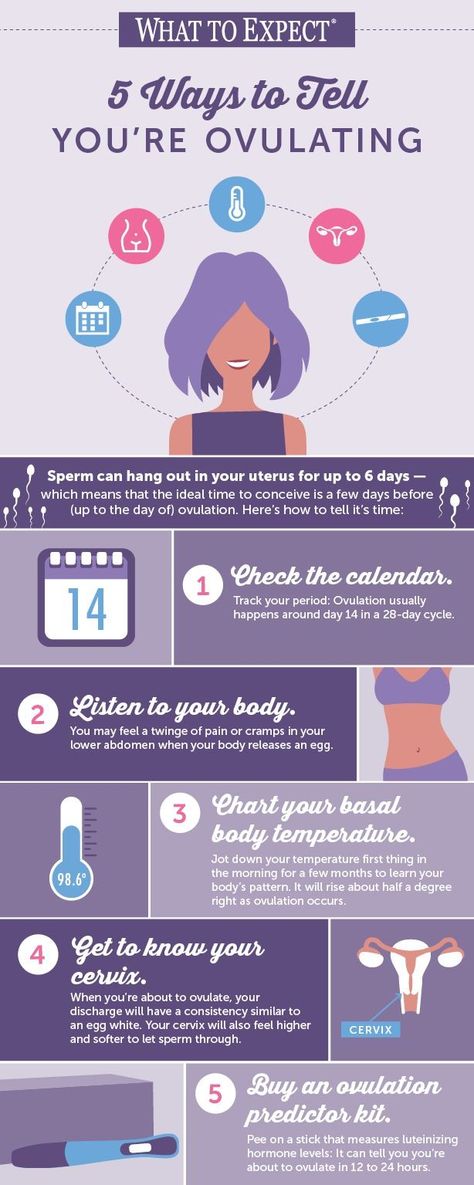
-
Facts about timing
Ovulation is when a mature egg is released from the ovary. The egg then moves down the fallopian tube where it can be fertilised. If sperm are in the fallopian tube when the egg is released, there is a good chance that the egg will be fertilised, creating an embryo, which can grow into a baby.
Pregnancy is technically only possible if you have sex during the five days before ovulation or on the day of ovulation. But the most fertile days are the three days leading up to and including ovulation. Having sex during this time gives you the best chance of getting pregnant.
By 12-24 hours after ovulation, a woman is no longer able to get pregnant during that menstrual cycle because the egg is no longer in the fallopian tube.
There’s almost no chance of getting pregnant if you have sex before or after the fertile window (but if you’re not trying to get pregnant, don’t rely on this – contraception is your best option!).
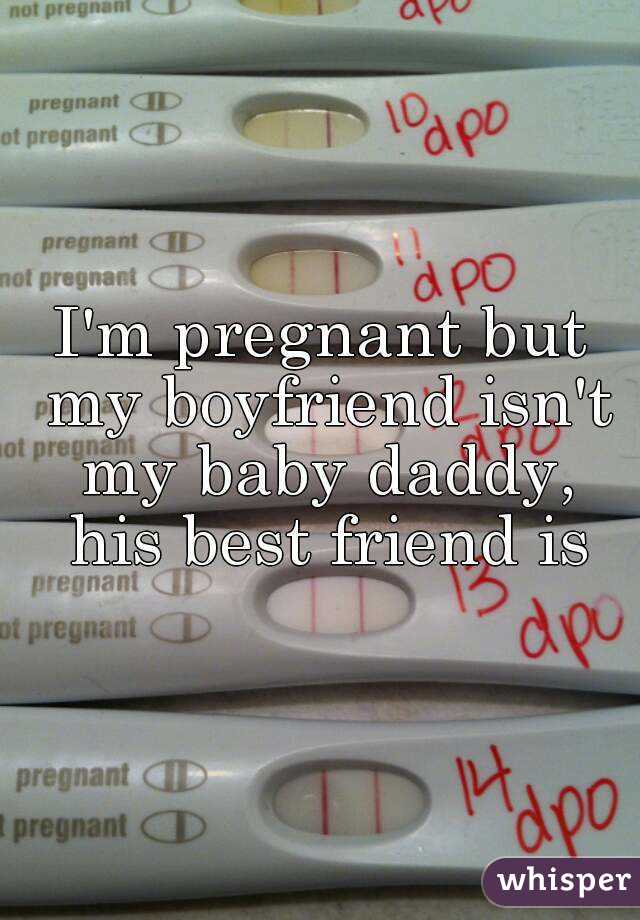
-
How to know when you’re ovulating
Knowing when you ovulate can help you plan for sex at the right time and improve your chance of getting pregnant. You can keep track of your menstrual cycles on a chart, in a diary, or on a free period-tracker app on your smartphone.
To work out the length of your menstrual cycle, record the first day you start bleeding (first day of your period). This is day 1. The last day of your cycle is the day before your next period begins.
- What is a ‘menstrual cycle’ and a ‘period’?
Some people think the ‘menstrual cycle’ and a ‘period’ are the same thing.
A period is when you bleed (or menstruate).

A menstrual cycle starts on the day when a period starts (day 1) and ends the day before the next period. A cycle’s length is considered normal if it’s between 21 and 35 days. They can vary between women and from one cycle to the next.
- Working out your ‘average’ menstrual cycle length
If your menstrual cycles are different lengths (most women’s cycles are) you can work out your average cycle length.
The number of days in a woman’s menstrual cycle can vary month to month. Periods are not always regular. It can be useful to work out an ‘average’ cycle length, based on the length of three menstrual cycles, to estimate when you’re most likely to be ovulating.
If you add the number of days in three cycles and divide the total number by three, it gives you your average cycle length.
Example
Sarah tracked her last three menstrual cycles by counting the time from the first day of one period, to the day before the next period.
Cycle 1 was 28 days; Cycle 2 was 32 days; Cycle 3 was 27 days
28 + 32 + 27 = 87
87 divided by 3 = 29
So the average length of Sarah’s menstrual cycles is 29 days.
- Working out your most fertile days
When you know your average menstrual cycle length, you can work out when you ovulate.
Ovulation happens about 14 days before your period starts.
- If your average menstrual cycle is 28 days, you ovulate around day 14, and your most fertile days are days 12, 13 and 14.
- If your average menstrual cycle is 35 days ovulation happens around day 21 and your most fertile days are days 19,20 and 21.
- If you have shorter cycles, say 21 days, ovulation happens around day 7 and your most fertile days are days 5, 6 and 7.
Your most fertile days are the three days leading up to and including the day of ovulation.
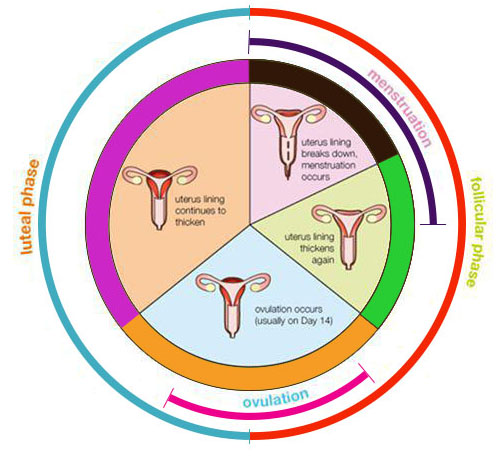
Some women have very irregular cycles or find it difficult to work out an average cycle length. This can make it hard to work out when ovulation happens. If it’s all too hard, having sex every 2-3 days covers all bases and improves your chance of getting pregnant.
Myth busting
- MYTH
A woman can get pregnant any time of the month.
- FACT
A woman can only get pregnant on a few days during her menstrual cycle.
Why?
Because eggs and sperm only live for a short time:
- Sperm live for around five days.
- Eggs can only be fertilised for around 24 hours (one day) after being released from the ovary.
Eggs and sperm need to come together at the right time for fertilisation to happen to create an embryo.
Getting the timing right
If you're trying to get pregnant, timing is everything. Dr Karin Hammarberg explains how to work out when you are ovulating and the right time to have sex to improve your chance of pregnancy.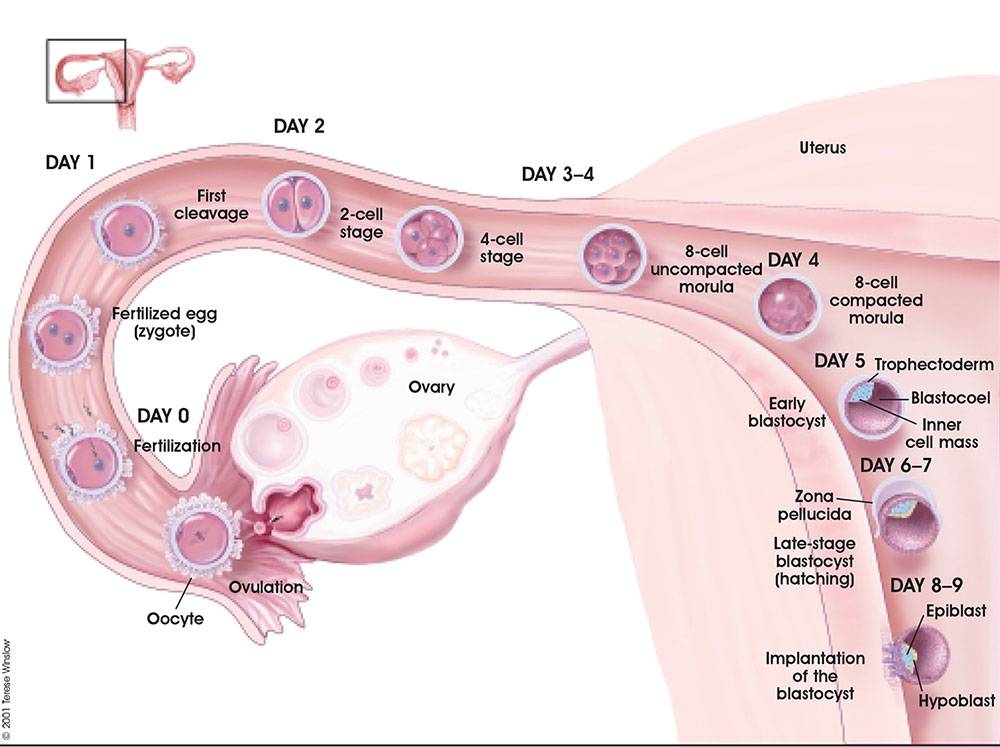
-
What are the chances?
Having sex as close as possible to the time of ovulation increases the chance of pregnancy.
If a woman has sex six or more days before she ovulates, the chance she will get pregnant is virtually zero.
If she has sex five days before she ovulates, her probability of pregnancy is about 10 percent.
If she has sex on the day of ovulation, or the two days before, the chance of getting pregnant is around 30 percent.
These are average figures and depend on a woman’s age.
When does preconception health begin?
Professor Sarah Robertson, Director of Robinson Research Institute, University of Adelaide, highlights the key time before pregnancy that your health is most important to ensure your child has the best start to life.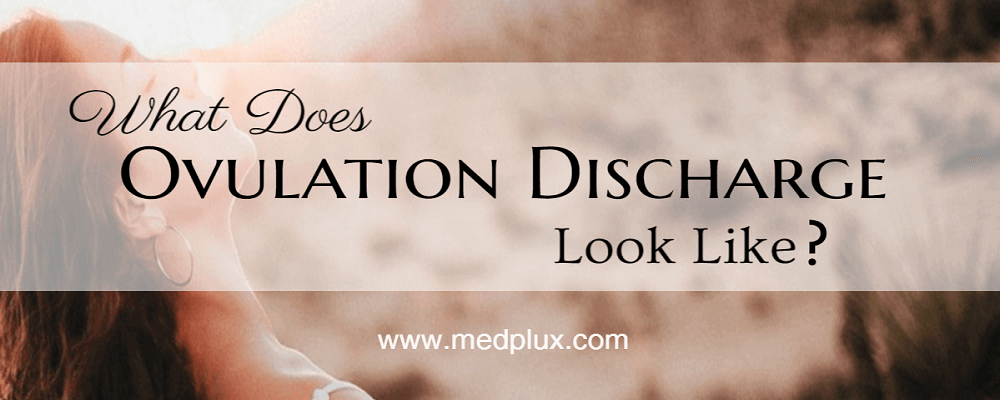
How to know you are ovulating
Kerry Hampton, a registered nurse and fertility specialist, discusses the importance of fertility awareness, and how to determine your fertile window to improve your chances of conceiving.
- References
- American Society for Reproductive Medicine, Optimizing natural fertility, https://www.reproductivefacts.org/news-and-publications/patient-fact-sheets-and-booklets/documents/fact-sheets-and-info-booklets/optimizing-natural-fertility/
- Berglund Scherwitzl, et al. (2015). Identification and prediction of the fertile window using Natural Cycles. The European Journal of Contraception and Reproductive Health Care, 20(5), 403-408. doi:10.3109/13625187.2014.988210
- Ecochard, R., et al. (2015). Self-identification of the clinical fertile window and the ovulation period.
 Fertility and Sterility, 103(5), 1319-1325.e1313. doi: http://dx.doi.org/10.1016/j.fertnstert.2015.01.031
Fertility and Sterility, 103(5), 1319-1325.e1313. doi: http://dx.doi.org/10.1016/j.fertnstert.2015.01.031 - Pfeifer, S., et al. (2017). Optimizing natural fertility: a committee opinion. Fertility and Sterility, 107(1), 52-58. doi: 10.1016/j.fertnstert.2016.09.029
- Stanford, J. B. (2015). Revisiting the fertile window. Fertility and Sterility, 103(5), 1152-1153. doi: http://dx.doi.org/10.1016/j.fertnstert.2015.02.015
- Stanford, et al. (2002). Timing intercourse to achieve pregnancy: current evidence. Obstetrics and Gynecology, 100(6), 1333-1341.
- Stephenson, J., et al. (2018). Before the beginning: nutrition and lifestyle in the preconception period and its importance for future health. The Lancet, 10.1016/S0140-6736(18)30311-8 doi: 10.1016/S0140-6736(18)30311-8
- Vélez, M. Pet al. (2015). Female exposure to phenols and phthalates and time to pregnancy: the Maternal-Infant Research on Environmental Chemicals (MIREC) Study. Fertility and Sterility.
 doi: 10.1016/j.fertnstert.2015.01.005
doi: 10.1016/j.fertnstert.2015.01.005 - Verón, G. L., et al. (2018). Impact of age, clinical conditions, and lifestyle on routine semen parameters and sperm kinematics. Fertility and Sterility, 110(1), 68-75.e64. https://doi.org/10.1016/j.fertnstert.2018.03.016
- Waylen, A. Let al. (2009). Effects of cigarette smoking upon clinical outcomes of assisted reproduction: a meta-analysis. Hum Reprod Update, 15(1), 31-44.
- Zenzes, M. T. (2000). Smoking and reproduction: gene damage to human gametes and embryos. Hum Reprod Update, 6(2), 122-131.
Page created on: 28/08/2018 | Last updated: 11/11/2022
Ovulation and pregnancy | Huggies® Official Website
PreviousNext
- How does ovulation and fertilization occur?
- When does pregnancy occur? Right after ovulation?
- So how do you calculate ovulation?
- What should be the sensations after ovulation?
- When will signs of pregnancy appear after ovulation and conception?
- Why did not conception occur after ovulation?
Contents:
Ovulation is a special event.1.jpg) It means that a woman has begun a period in which she can give a new life. How to calculate the date of ovulation? What are the best days for getting pregnant? How long after ovulation does conception occur? We answer the questions of expectant mothers.
It means that a woman has begun a period in which she can give a new life. How to calculate the date of ovulation? What are the best days for getting pregnant? How long after ovulation does conception occur? We answer the questions of expectant mothers.
How does ovulation and fertilization occur?
In the first phase of the menstrual cycle, follicle maturation begins in one of the ovaries. This small vesicle consists of an ovum enclosed in a "shell" of connective tissue. The follicle grows from 1 mm to 12–16 mm 1 and then bursts, releasing the egg into the fallopian tube. This moment is called ovulation.
What happens after ovulation? The egg becomes available for fertilization. For this to happen, there must be enough sperm in the fallopian tube. Contrary to popular belief, the winner will not be the most agile of them all. The ovum is surrounded by a special membrane called the "radiant crown" 2 (sounds very nice, doesn't it?). First, many fighters will die trying to destroy the protective shell, and only then one lucky one will get inside and fertilize the egg.
First, many fighters will die trying to destroy the protective shell, and only then one lucky one will get inside and fertilize the egg.
When does pregnancy occur? Right after ovulation?
The period in which a woman can become pregnant does not last very long: the egg cell lives only about 24 hours 3 . This gives us the answer to the question of how long after ovulation conception occurs - at any point in this short period. In particular, fertilization can happen almost immediately if the spermatozoa made their way into the fallopian tube even before the egg is released from the follicle.
Some women report that they did not become pregnant on the day of ovulation, but earlier or later. This is impossible in principle, and they are wrong - it's just that the actual date of this event may not coincide with the calculated one. It is normal if ovulation happened a day or two earlier or later than the plan, and under certain conditions (hormonal changes, stress, and others), it can go beyond this.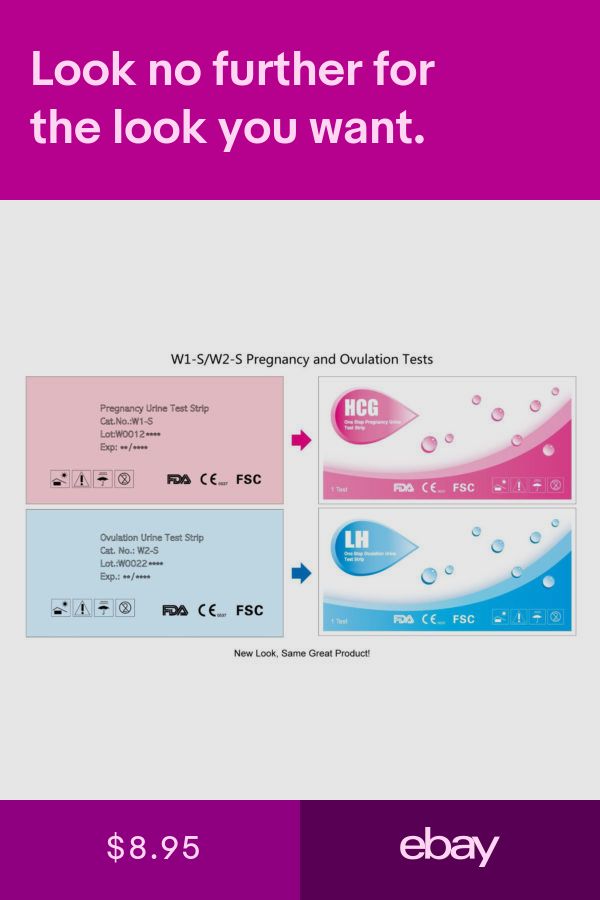 More details in this article.
More details in this article.
So how do you calculate ovulation?
Pregnancy begins after ovulation and fertilization of the egg by sperm. It's up to the small thing - to understand when this important event will happen. Take a calendar and look at our drawing. With it, you can calculate the approximate date of ovulation. But remember, this is just a prediction, and that's why we've drawn high, medium, and low pregnancy probability areas around the central day.
Do not try to get pregnant exactly at ovulation. It is better to cover the entire period of high probability with a “queue”. Start having sex for pregnancy 4 days before the planned date and do it every other day: 4th day before, 2nd day before, day of ovulation, 2nd day after, 4th day after. This will greatly increase your chances of success.
Approximate menstrual cycle schedule. Calculations are given for cycles with a duration of 25 to 31 days.
The ideal menstrual cycle is 28 days. In many articles on conception and ovulation, all the reasoning is built around this textbook case. Indeed, it is very convenient - ovulation in it occurs on the 14th day, dividing the cycle into two equal halves. Life is different from the ideal: the duration of the cycle for different women varies, but usually ranges from 25 to 31 days 4 .
Most likely, you will find your case in this figure, but if your cycle is shorter or longer, there is nothing strange in this - the duration is from 21 to 35 days 5 . The following knowledge will help calculate the day of ovulation: with a change in the length of the cycle, its first part usually decreases or grows, while the second remains unchanged and is always about two weeks. Set aside 14 days back from the planned first day of menstruation - get the approximate day of ovulation.
There are many more signs of ovulation that you can check out in this article.
In terms of conception, the menstrual cycle can be divided into the following phases (shown in the figure):
-
Menstruation.
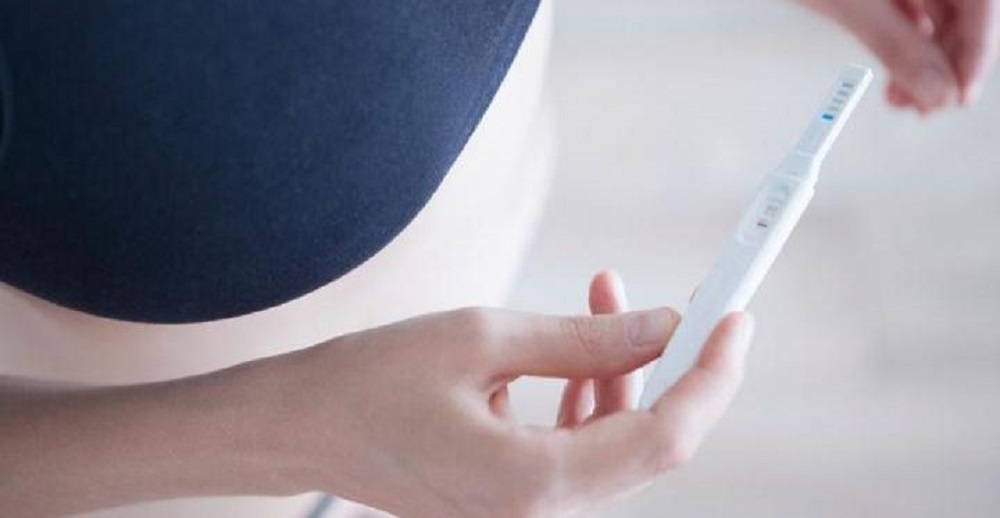 Sex during this period can only lead to conception under very unusual circumstances. For now, relax - auspicious days ahead.
Sex during this period can only lead to conception under very unusual circumstances. For now, relax - auspicious days ahead. -
From the end of menstruation to the 6th day before the planned ovulation. The probability of conception at this time is minimal. Most likely, the egg has not only not left the ovary, but has not even matured yet.
-
5 to 3 days before the estimated ovulation date. The chance of getting pregnant increases, and there are two reasons for this. Firstly, the real day of ovulation does not always coincide with the calculated one. Secondly, spermatozoa know how to wait. Most of them will die in the vagina within a couple of hours - its acidic environment fights well not only with bacteria. However, those that can penetrate the uterus are able to live up to three, sometimes up to five days 6 .
-
Planned day of ovulation plus or minus two days. During this period, a woman is most fertile.
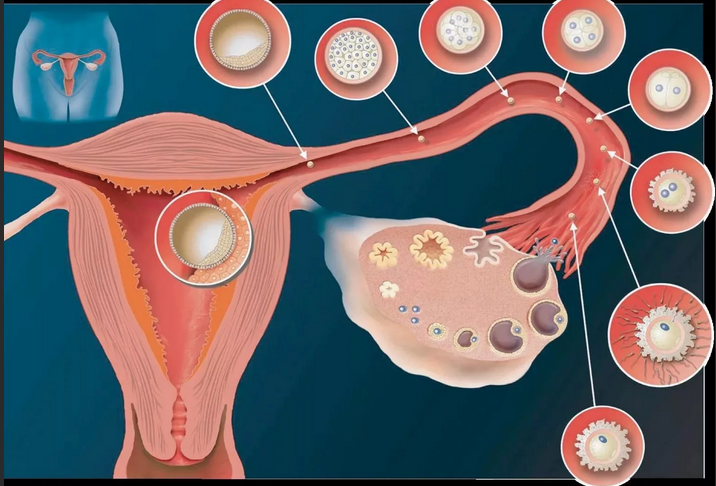 Given the lifespan of the egg and sperm, sex these days is highly likely to lead to pregnancy. Of course, if there are no factors that can interfere with this.
Given the lifespan of the egg and sperm, sex these days is highly likely to lead to pregnancy. Of course, if there are no factors that can interfere with this. -
3 to 4 days after estimated ovulation date. The chance of getting pregnant is decreasing, but still remains. Do you remember that calculating the day of ovulation is not a very exact science? So anything is possible.
-
From the 5th day after the planned ovulation until the end of the cycle. Do not seriously expect that you will be able to conceive these days, have sex just for fun. If you have tried to get pregnant on your fertile days, you may have already conceived!
What should be the feeling after ovulation?
During the menstrual cycle, there is only one period in which a woman feels the changes taking place in her body. This is menstruation itself, and the sensations from it are very familiar to you. All other phases of the cycle are "asymptomatic".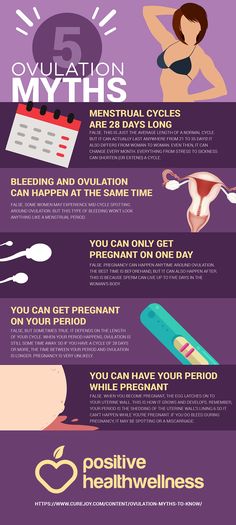
The answer to the question of how to understand that ovulation was successful is prosaic: no way. The woman's body simply does not have a mechanism that would tell the brain about it. So, if you woke up with the certainty that today is that very day, these are just mind games that frolicked in a dream with the thought you desired about the joy of motherhood. Although, coincidences also happen :)
Even if the pregnancy has not even begun, but now you need to prepare for childbirth - study useful articles and look for courses for expectant mothers. Take the test and find out how well you are ready for childbirth and motherhood.
When will signs of pregnancy appear after ovulation and conception?
Reliable - not soon. A regular pregnancy test will show two cherished strips only after a delay, a test with increased sensitivity or laboratory analysis - 3-4 days earlier. The final confirmation with the help of ultrasound will have to wait another couple of weeks.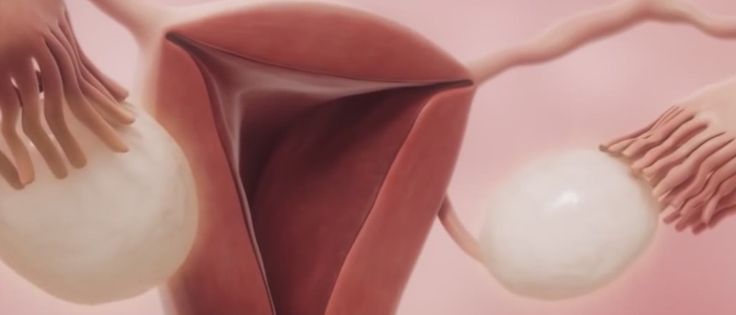
Do not expect pregnancy symptoms immediately after ovulation. While the fertilized egg slowly gets from the fallopian tube to its destination, almost no changes occur in the body. The first signs of pregnancy will appear only 6-10 days after ovulation, when the embryo attaches to the wall of the uterus 7 . And they will be almost invisible:
-
Change in basal body temperature. If you have been measuring your basal temperature all this time, you will notice a slight drop on the chart, and then a rise to a new, higher level.
-
Implantation bleeding. In the process of attaching the embryo to the wall of the uterus, the endometrium is damaged - its inner mucosa. In this case, the expectant mother may notice slight spotting.
-
Pain or cramps in the lower abdomen. Along with bleeding, mild pain may come. Therefore, women often attribute these first signs of pregnancy to early menstruation.
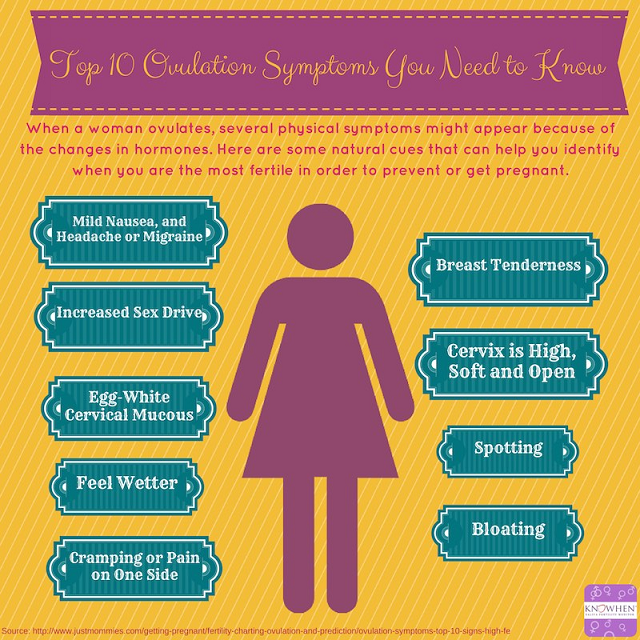
Why did not conception occur after ovulation?
You tried to get pregnant, but your next period started right on time. Why did it happen? Only your doctor can accurately answer this question, but we will list some likely causes.
-
Anovulatory cycle. Some menstrual cycles do not ovulate and this is perfectly normal 8 . They are called anovulatory and are needed by the body so that it can take a little break from the constant preparation for pregnancy. During the year, a woman experiences 1–2 anovulatory cycles.
-
Gynecological diseases. Sometimes conception after ovulation does not occur because the woman has gynecological diseases. Inflammation of the ovaries, blockage of the fallopian tubes, and some other conditions can significantly reduce the likelihood of pregnancy, and under certain conditions, even make conception impossible. A gynecologist can identify such diseases and prescribe treatment.
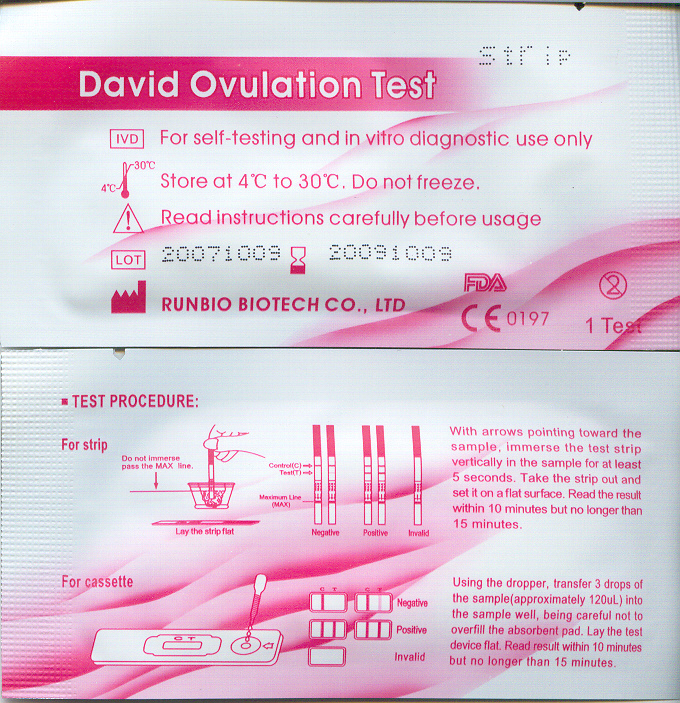
-
Immune or autoimmune reactions. Spermatozoa are very unusual cells. They contain only half of the chromosome set, and from the point of view of the immune system, they look like mutants. Everything is so bad that nature even had to collect them in special refrigerated bags and hang them outside the man's body. In some cases, the immune mechanisms of a woman can deal with spermatozoa at the time of passage of the cervix 9 . Autoimmune reactions also occur when a man's body destroys them. If the doctor considers that this may be the reason for unsuccessful attempts at conception, he will prescribe tests for both the expectant mother and the future dad.
-
Poor semen quality. After intercourse, spermatozoa will have to overcome the champion's obstacle course - survive in the aggressive environment of the vagina, break through the cervical mucus in the cervix, get to the right fallopian tube, destroy the protection of the egg.
 If the spermatozoa of the future dad are not very active, they can go the distance before conception. To exclude this cause, it is necessary to make a spermogram.
If the spermatozoa of the future dad are not very active, they can go the distance before conception. To exclude this cause, it is necessary to make a spermogram.
When conception occurs after ovulation, future parents take it for granted. If pregnancy does not occur, they often begin to panic and think with horror that they will never hear ringing children's laughter and light steps of tiny legs in their house. Drive unconstructive thoughts away - many couples were able to conceive far from the first time. Try again next month. We believe you will definitely succeed!
Links to sources:
-
Ovaries: follicles, growth and development disorders.
-
Pansky, Ben (1982), "Chapter 12: Fertilization", Review of MEDICAL EMBRYOLOGY.
-
Depares J, Ryder RE, Walker SM, Scanlon MF, Norman CM (1986). Ovarian ultrasonography highlights precision of symptoms of ovulation as markers of ovulation.
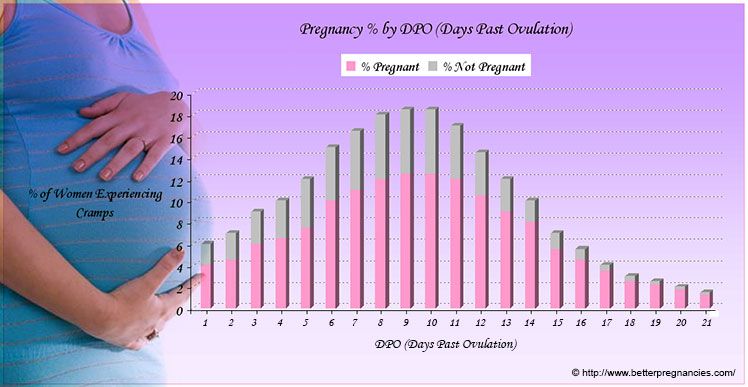 Br Med J (Clin Res Ed). 292 (6535): 1562.
Br Med J (Clin Res Ed). 292 (6535): 1562. -
Chiazze L, Brayer FT, Macisco JJ, Parker MP, Duffy BJ (February 1968). "The length and variability of the human menstrual cycle". JAMA. 203(6): 377–80.
-
"Menstruation and the menstrual cycle fact sheet". Office of Women's Health, USA. December 23, 2014.
-
Clubb E. Natural methods of family planning. JR Soc Health. 1986 Aug;106(4):121-6.
-
Wilcox AJ, Baird DD, Weinberg CR (1999). "Time of implantation of the Conceptus and loss of pregnancy". New England Journal of Medicine. 340(23): 1796–1799.
-
Anovulatory Cycle: Symptoms and Detection.
-
What Are Antisperm Antibodies?
Follow us on Yandex Zen
Ovulation and pregnancy - methods for determining the relationship
Ovulation is the process of release of a mature egg from the follicle in the ovary. This phenomenon occurs once a month, around the middle of the menstrual cycle. The beginning of the cycle itself is counted from the first day of menstruation to the beginning of the next. And if we take the average menstrual cycle equal to 28 days, then ovulation with it will fall on about 13-15 days.
This phenomenon occurs once a month, around the middle of the menstrual cycle. The beginning of the cycle itself is counted from the first day of menstruation to the beginning of the next. And if we take the average menstrual cycle equal to 28 days, then ovulation with it will fall on about 13-15 days.
How to determine the onset of ovulation when planning a pregnancy
The physiological and hormonal cycles of each woman are strictly individual. In addition, many factors can influence the duration of a single menstrual cycle: stress, colds and other diseases, nutrition, taking various medications, etc. Therefore, at the very beginning of the cycle, it is impossible to say with certainty exactly when ovulation will occur. But there are several methods that can help you determine the exact start date.
- Special diagnostic complexes , which measure the content of a certain type of hormone (luteinizing hormone) in the urine. Such kits can be purchased at almost any pharmacy, and they always contain detailed instructions for use.
 A positive result with such a diagnosis usually indicates that ovulation will occur within the next 48 hours. But such complexes have not too high reliability, so a false positive result is possible.
A positive result with such a diagnosis usually indicates that ovulation will occur within the next 48 hours. But such complexes have not too high reliability, so a false positive result is possible. - Basal temperature measurement . This method must be applied over several menstrual cycles in order to subsequently plot changes in basal temperature. It must be measured immediately after a night's sleep, at about the same time every day. Based on your individual schedule, it is possible to determine the onset of ovulation with a high degree of probability. Usually, about a day before ovulation, the basal body temperature decreases slightly, and the immediate release of the egg is accompanied by an increase in basal temperature by 0.3-0.6 ° C.
The relationship between ovulation and pregnancy
The period of release of the egg from the follicle and the following 24 hours is the optimal time for its fertilization and conception of a child.